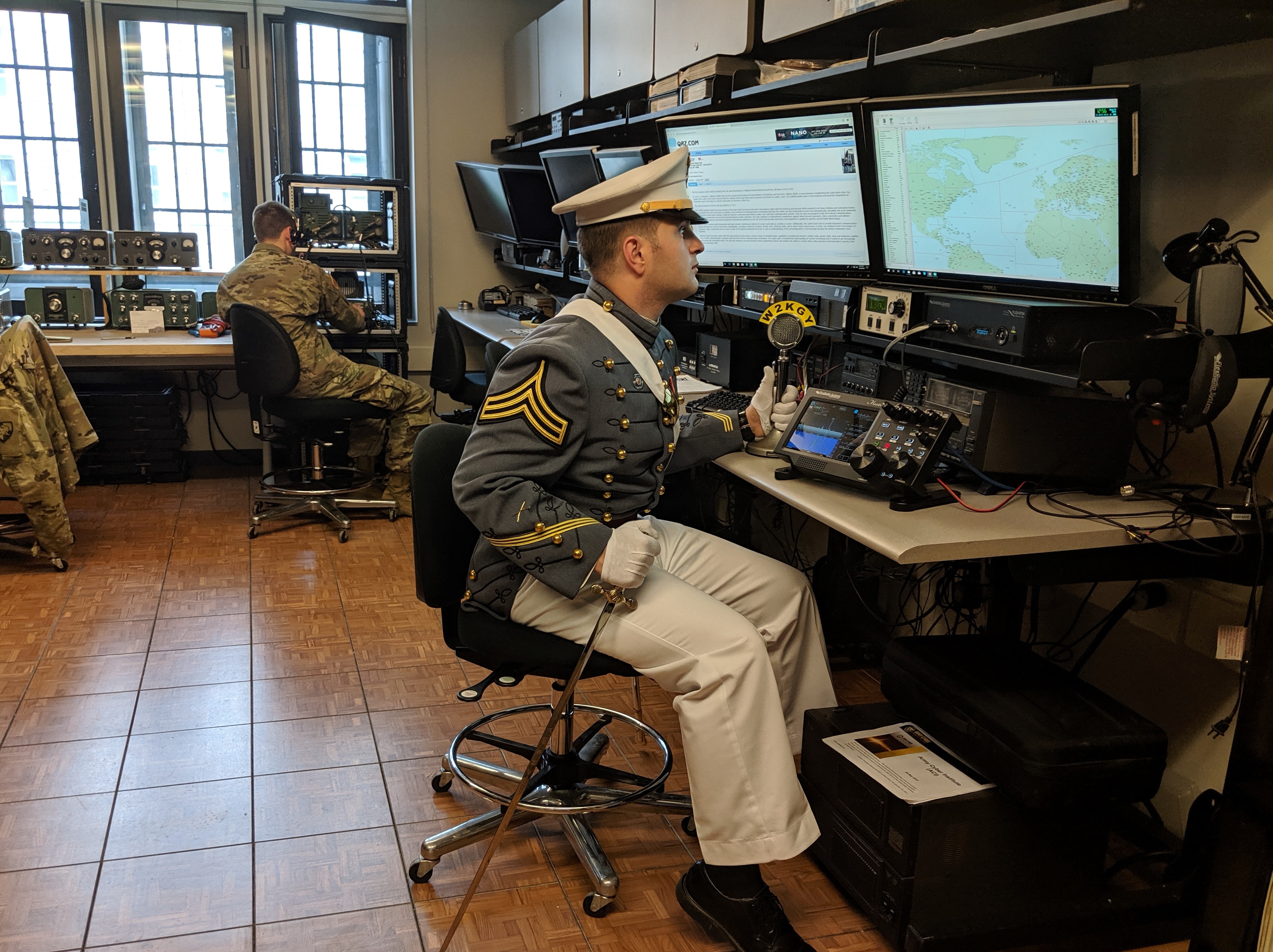
I started building electronics in the 1970s as a teenager and became comfortable with a soldering iron (not an irritating sibling branding iron as my mom would remind me) and a multimeter. In high school, I was a proud member of the Radio Club under the tutelage of Father Wilfred. At West Point, I would take three semesters of electrical engineering and continue to enjoy building devices. This would come in handy later in life as an Army Signal Officer. I always had a multimeter in my kit.
It would also add some drama to my life apparently, as complete strangers like to question my ability to use either when I purchase replacements. I have no clue why as this has continued into my 60s. Do I dress too well in Home Depot to appear to have decades of technical competence? I always respond politely and then ignore them if they persist. Some of them do. Silly grumpy old men.
After a decade building communication circuits around the world, I came back to West Point as an instructor and picked up an additional duty as the Amateur Radio Club Officer in Charge. The Amateur Radio Club had a solid membership from 4,000 cadets of about 10-20 cadets. The first amateur radio station was established in 1926 and the club continues to operate to this day. Its callsign is well known and is W2KGY. One of my enthusiastic cadets during this time was Stephen Hamilton who served as the club cadet in charge during my time as Officer in Charge. He is now Colonel Stephen Hamilton and the Officer in Charge of the Amateur Radio Club.
The club room was on the 6th floor of Bartlett Hall. Now some of my gentle readers are going to pause and state emphatically that Bartlett Hall only has five floors. This is incorrect. There are two rooms on the 6th floor and one of which was the Amateur Radio Club room. This room provided easy access to the antennas on the roof. Access to this hidden area was through a janitor’s closet on the 5th floor with a full set of stairs up to the hidden room. This led to lots of conversations between CPT Carver and COL Dave Allbee as my cadets were on the roof a bit maintaining the antennas and if there was a roof leak, it was assumed one of my cadets caused it. He was probably right but it was unavoidable.
The club equipment was top notch and can communicate worldwide in the high frequency and satellite bands. There was always a pileup when we were online which was once or twice a month. We worked through the contacts as fast as we could until the cadets had to return to their barracks. We did field trips, built radios, and helped cadets with their certification. There are three levels of certification (technician, general and extra) and back in the day, it required morse level proficiency to get beyond technician. Nowadays, there is no morse requirement.
When I returned to West Point in 2001, I was interested in becoming the officer in charge again but younger and very competent officers were continuing to advance the Amateur Radio Club. I became an external supporter of the club.
As I approach retirement, this is another hobby that I may pick up again. I think I would appreciate the challenge of getting my general and extra license. I am not going to build a massive directional high frequency antenna like I did in Panama but I will be interested in the very high and ultra high frequency radio ranges that require much smaller antennas.
